It’s a bit bittersweet, of course, that BMW is keeping an MPV alive alongside the X1 SUV with the 2 Series Active Tourer. With a full battalion of the Active Tourer series, and also the first front-wheel drive BMW. The latter isn’t news at BMW for long, because the X1 is also now primarily front-wheel drive. In fact, these cars share most of their technology. In any case, the X1 is the winner in sales figures, because this year almost three times as many X1s as 2 Series cars were registered. However, it seems to be doing well enough to justify a second generation MPV. But which model is actually objectively better?
Space in the Series 2 is disappointing
Let’s start with the interior, where we’ll give the Series 2 stress tester the best chances. After all, multi-purpose vehicles (MPVs) are colloquially called space cars for a reason. However, this is a bit disappointing. Depending on whether you opt for the adjustable rear seat backrest, there may be some difference, but the 225e always remains more compact than the X1, which can also be had with an adjustable rear seat backrest. While the 2 Series has a minimum capacity of 406 litres, the X1 actually swallows 490 litres, thanks to its larger external dimensions. Lay everything flat in the 225 and space increases to 1,4,05 litres, but in this case 1,495 liters can be fitted into the X1. Even when we’re sitting in the back seat, it’s noticeable that the X1 offers a bit more space. Both models are suitable for adults of average Dutch size, but the X1 therefore wins in this area.
BMW X1
SUVs have a reputation for being roomy, but the X1 is the winner in this case.
The interior design is (almost) the same as the BMW X1 and 2-series Active Tourer
This also applies to the experience in the introduction, but only at one point. Since both models use essentially the same technology, the similarities are significant. Both have beautiful displays and a great digital instrument cluster, and both suffer from the lack of a physical control button for the iDrive system. It currently runs on the BMW 8 operating system, which is no better in terms of clarity than its predecessors. The fact that you also have to struggle through all kinds of menu structures on the touchscreen doesn’t improve usability or security at all. However, the X1 has one small advantage: the head-up display is neatly projected onto the windshield, while the Series 2 has to rely on a clumsy plastic display panel on the dashboard.
Above Series 2, below X1: the difference is minimal.
The X1 drives tighter, and the chainstays are smoother
Where the X1 loses out a little is in the chassis. Not that it’s too bad, but you do feel that the SUV’s center of gravity is a little higher. Since the plug-in hybrid version also weighs nearly 2,000 kg, the chassis has to work remarkably hard to keep the mass in a straight line. The springs and dampers are very stiff, making the X1 less comfortable than you might expect based on its appearance. This is compensated for by stable and secure handling with plenty of grip.
However you feel the mass of the 2 Series is lower and the MPV weighs 30kg less. As a result, the car responds more smoothly to driver inputs on the road surface, which translates into greater comfort. And because there’s less efficiency-oriented rubber, grip isn’t much lower than on the X1, which has 2cm wider tires.
The X1 rides a little firmer, but the 2 Series offers more comfort.
It’s cheaper to drive a BMW 2 Series
As mentioned earlier, the payment system is exactly the same in both cases. A 136-horsepower 1.5-liter three-cylinder turbo engine drives the front wheels via a seven-speed dual-clutch automatic transmission, while a 109-horsepower electric motor drives the rear wheels. Without a physical connection between the two axles, there is still four-wheel drive. Unless you’re driving electric, of course, because you’ll only have rear-wheel drive. Either way, you can travel about 75 kilometers using the 14.2 kWh battery pack, after which the car can continue as a regular hybrid. The Series 2 does this a little more efficiently than the X1. The latter scores just under 1 out of 17, while the 2 Series comes in at half a kilometer per litre.
In any case, you pay a little more for the SUV, because the starting price for the X1 with this drive system is €51,917, while the 225e xDrive is available from €47,656. From there, in good BMW tradition, you can make it as expensive as you want. Both test cars were richly equipped with everything the brand has to offer in this class, making the total price about 20 thousand higher in both cases. The numbers show people would rather spend that kind of money on the X1, but on paper it seems more generous. As for the rest, the Series 2 fares slightly better all around. So unjustly unpopular.
The drivetrain is identical, the Series 2 is somewhat more economical.

“Total coffee specialist. Hardcore reader. Incurable music scholar. Web guru. Freelance troublemaker. Problem solver. Travel trailblazer.”






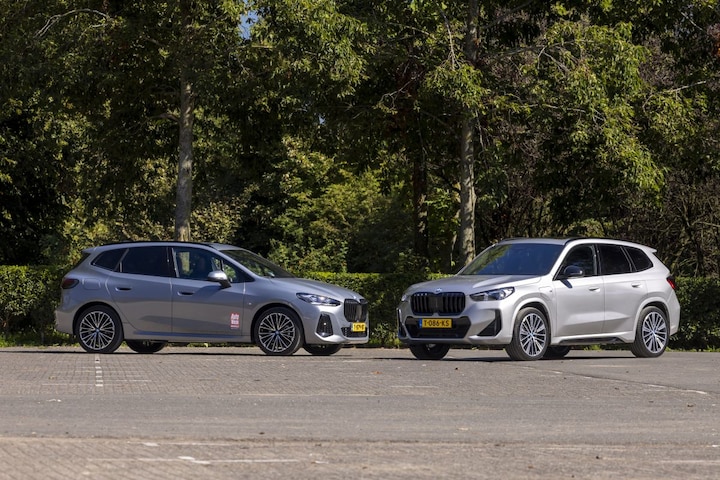
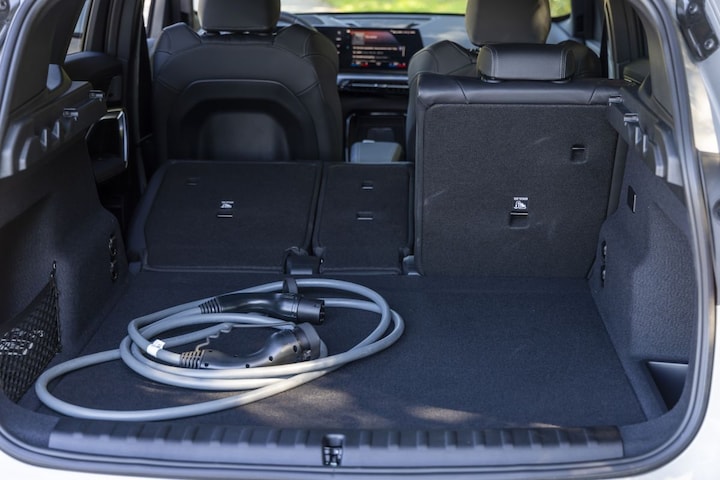
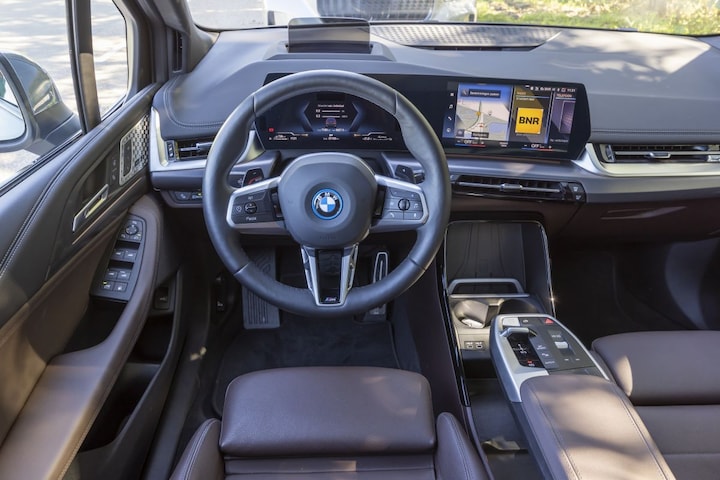
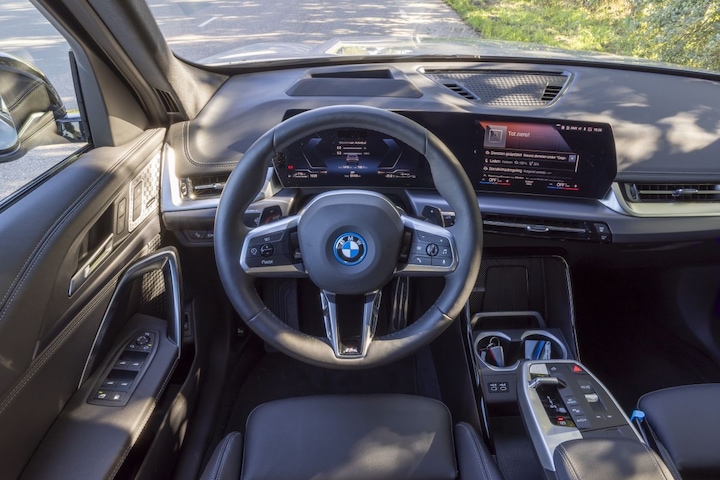

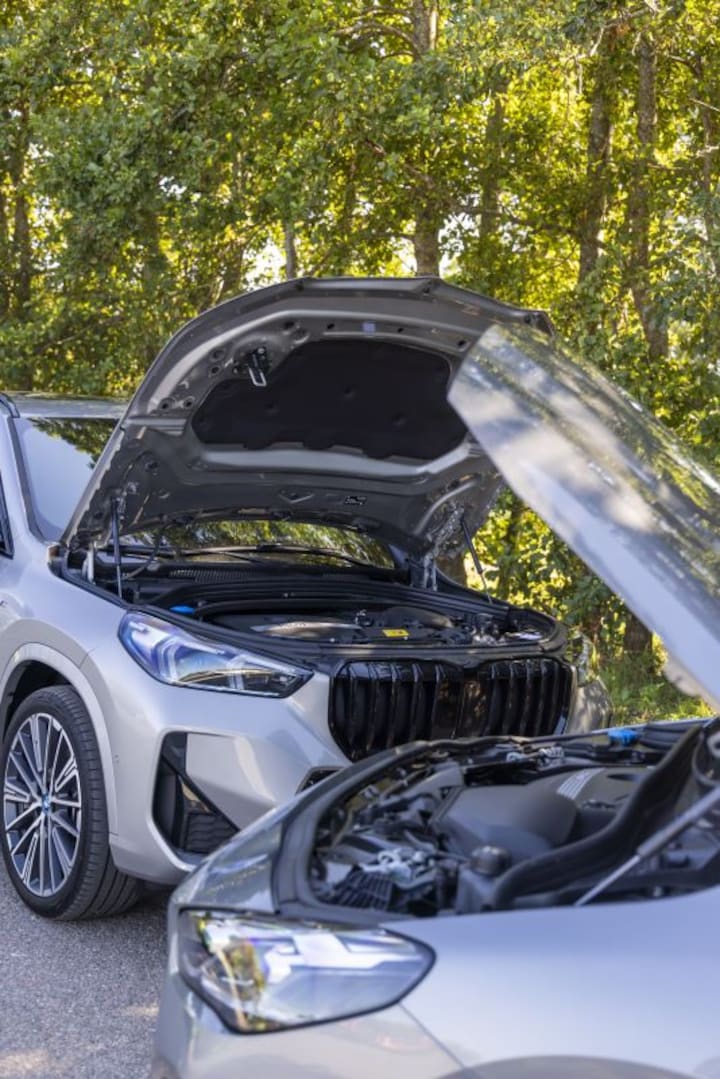
More Stories
6 Stunning Earrings That Will Earn You Lots of Compliments (Now at a Big Discount)
The 25-year-old quickly became a cryptocurrency millionaire, but it could have ended differently
Nvidia Stocks Rise: Will Crypto AI Follow?